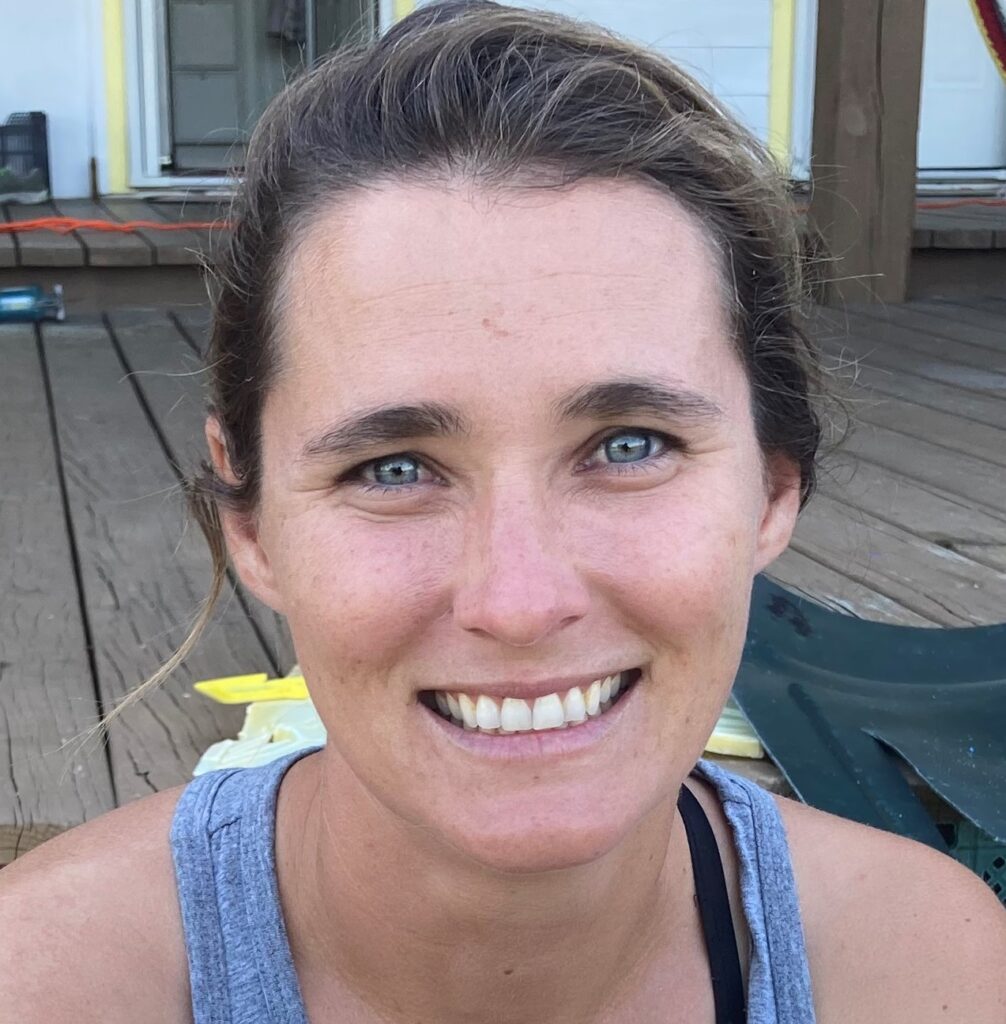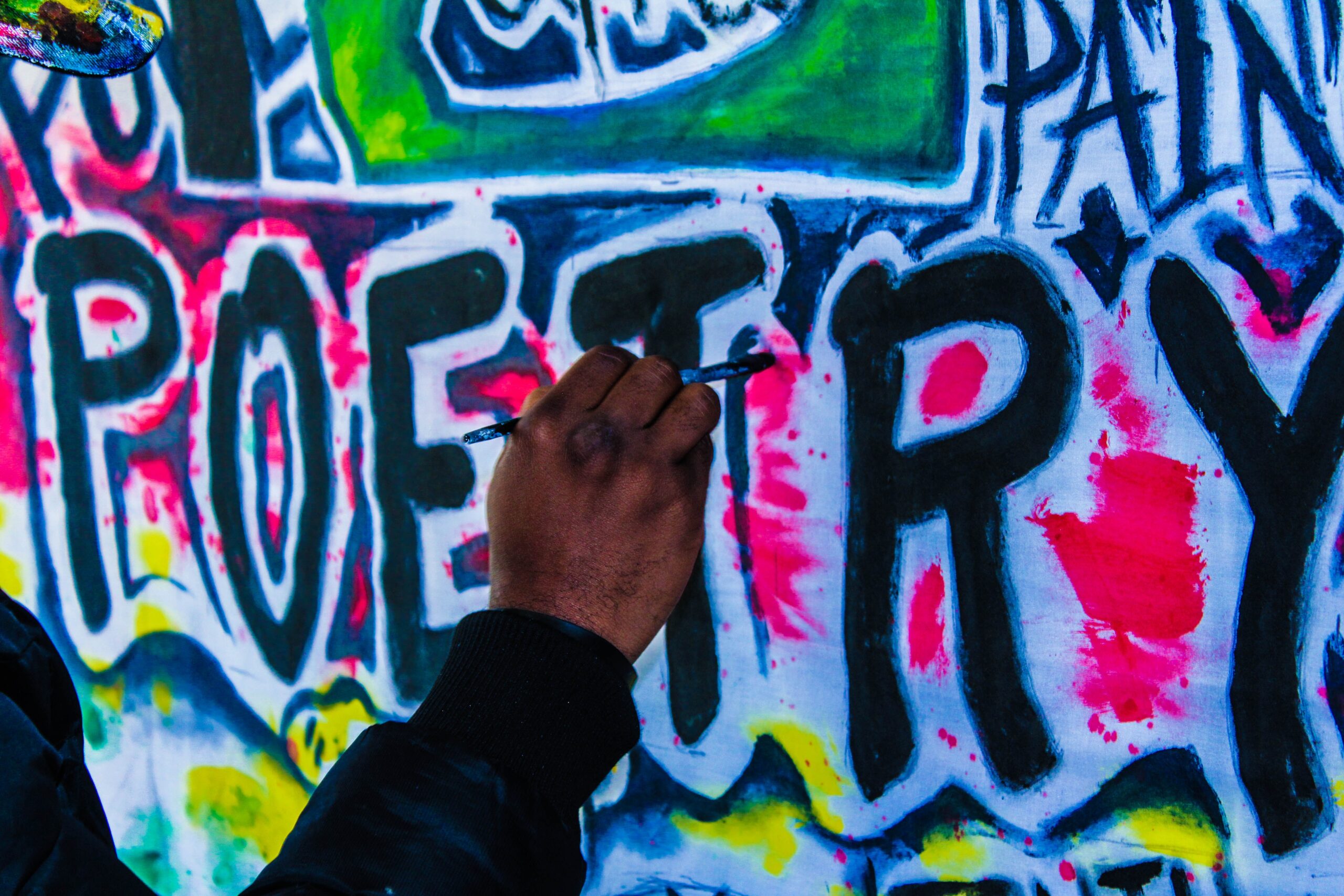This post will discuss how “Where I’m From” poetry helped provide a scaffold to better understand multilingual students and their evolving identities. This post is written by Emily Graham. Read more about Emily at the bottom of this post.
The question “Where are you from” is one often heard by multilingual learners (MLs). Although all the MLs at my school could answer this question simply by naming their birth country as either the US, Mexico, or Guatemala, this answer gives little information about each student’s identity. Through her poem, “Where I’m From”, George Ella Lyon shows us how we can tap into the more complex answer to this question. Lyon links together memories of special places, people, sayings, and stories from her past to tell us who she is, and this can serve as a powerful model for reflection and exploration of the rich and diverse identities among students.
In a poetry unit built from Lyon’s ideas, structure, and themes, my MLs explored and shared their own identities. Students’ poems and thoughts gave me a small window into my students’ past and present lives and their critical and creative thinking abilities. The “Where I’m From” Poetry Project allowed me to build a deeper, more complex understanding of who my students are and “where they are from” beyond just a geographic place.
There are countless get-to-know-you activities that require students to answer categorical questions such as: “What are your favorite foods?”; “What are your favorite songs?”; “Who is in your family?”; or “What do you like to do when you are not at school?” While I believe these questions are important, their answers do not always provide great insight into our students’ lives. Often these questions are asked and answered without much thought or reflection. Students may say: “My favorite foods are tamales”; “I don’t know my favorite song”; “I live with my dad, aunt, uncle, and sister”; and “I watch T.V.”, but there is little depth or passion to these responses.
When we use poetry to elicit these responses, we can reframe these questions in a way that requires reflection and deep thinking. When the questions are reframed to: “What are the family, foods, thoughts, and stories that make you who you are?” a teacher can gain a much deeper understanding of students and their unique identities. “Where I’m From” Poems provide a frame and an artistic lens for students to respond to those questions about identity.
Here is an example of how one student’s poem provided me with a glimpse into his rich and unfolding identity. Looking at his identity from a more reflective perspective helped me build an understanding of the student’s home life, language, family, and interests that I had not slowed down to see before.
Jimmy, a 3rd-grade multilingual student, was born in the United States and struggled with academic language and literacy. Although he was born in the US, he did not begin learning English until he started school in kindergarten. The first language, the language used most often, and the language that he used with the people he loved, was Spanish. Jimmy was considered a student who “struggled” in school. He often put his head down in class, he refused to work independently, and said things like, “I’m not smart” or “I can’t read.” Sometimes he participated in whole group discussions but more often seemed disengaged. Jimmy’s class was starting a unit on poetry, and I anticipated resistance from Jimmy. I decided to teach a unit to build background knowledge and confidence in poetry.
Jimmy initially seemed disinterested in the idea of studying and writing poetry. But that slowly started to change through the process of a close read of Lyon’s “Where I’m From.” At first, we looked at the literal meaning of Lyon’s words through translations, pictures, and discussion. Jimmy was able to confidently define big words from Lyon’s poem such as “carbon tetrachloride” and “forsythia bush”. He was able to explain how someone might lose a finger to an “auger”. He also was able to discuss big ideas like nostalgia and memories. In later readings, Jimmy stated Lyon’s voice reading her poem sounded like a ghost. He said Lyon talked about the past and memories like a ghost would. Jimmy seemed to enjoy building on the ideas of his group members. He was not afraid to share his opinion on the meaning of certain phrases and his thoughts about word choice. I was surprised by Jimmy’s desire to build an argument and support a claim in the discussion. He said, “I think the author likes to play in the dirt under her porch. Maybe she liked to hide there because that is what I do. My dogs also like to hide under the porch because it is cool, and they feel safe.” I was also impressed by Jimmy’s critical thinking and questions. He said, “I wonder why she said the ‘it tasted like beets.’ Maybe she is talking about when she was a little kid because little kids always put stuff in their mouths. They are curious and that is how they explore.”
Jimmy was not initially thrilled about the task of writing his own poem. He needed some support organizing his ideas. With the support of graphic organizers, help in spelling, and some motivation from a YouTube student example, Jimmy wrote. Here is his poem:
I am from fish tanks and from dirt
and my dog DJ
I am from broken glass in my backyard
I am from my broken T.V.
From Roblox and road trips
I am from sunflowers and bamboo
I am from tag with my brother and helping my mom
from Joseph and Marissa
I am from the sad puppies and Llama the puppies mama
from swings and broken pinatas
I am from my dad’s Honda
with a big engine
I am from my mom’s Hyundai
it has a push button to start
from riding my bike and making my own adventures
I am from digging holes and making traps
I am from inventions
Jimmy’s poem was a powerful representation of his identity, and his word choice was beautifully poetic. He was able to infuse his poem with alliteration and repetition, imagery, and emotion. He juxtaposed happy and sad memories, and purposefully ended his poem with positive attributes about himself. He talked about both joyful and upsetting times with his family. Times where they celebrated together — “broken pinatas” — and times of trouble — “broken T.V.” From reading and talking about Jimmy’s poem, I learned about ways Jimmy interacted with his family, some challenges in his life, and personal characteristics that he was proud of. Jimmy was proud to explain how he helped his mom with daily chores and sometimes would go to work with his dad. He talked about his dog Llama having puppies and the irresistible sad look on the puppies’ faces. He found joy in playing with the puppies. He talked about being devastated when some of the puppies got sick and died. He said he felt so bad for Llama, the puppy’s mama. Jimmy sometimes showed insecurities in the classroom but spoke with complete confidence when discussing his adventures and inventions outside of the classroom. He talked about his positive attributes like creativity, curiosity, and bravery. Jimmy took pride in his poem, so much so that he wanted a copy to take home and read to his family
Jimmy’s poem and the conversations that resulted from discussing poetry helped me shift from focusing on Jimmy’s struggles to identifying and sharing his strengths Before, I might have shared my frustrations on Jimmy’s lack of motivation or refusal to do work in my class. Now I had something so much more powerful and beneficial to share with other teachers — Look what Jimmy wrote, look what Jimmy can read, but most importantly look at some of the things that make Jimmy who he is! Through poetry I learned more about his academic abilities — Jimmy could craft meaning from metaphor and explain his theories about themes and lessons hidden in poems. I also learned about his interests and motivators. I discovered Jimmy’s empathy for others, passion for inequalities in his community, and desire to help others. Jimmy’s poem allowed me to understand his uniqueness and make connections to my own childhood curiosities and adventures. I felt the same empathy for animals and dreams of a more peaceful and equitable world.
I had the same kind of revelations and connections with my other students. I learned Alexander had a job caring for sheep in Mexico through his lines: “I am from a big river where the sheep used to cross” and “from a scary ram who chased me all day.” I learned Veronica’s older brother always said to her “sup bro and dap me up, bro.” I learned about Marta’s memories of Guatemalan cuisine: “tortilla’s (sic), tortas, tamales, and tacos.” Each poem was beautiful and unique and a window into my students’ lives. These poems provided voice for my students and a platform to share the individual identities that they were proud of. This background was both unique and unifying. The poems gave students an opportunity to be more clearly seen and heard.
Sometimes we want to get to know our students, but we don’t know the right questions to ask. The question “Where are you from?” seems simple on the surface but does not have a simple answer. Studying George Ella Lyon’s poem with my elementary multilingual learners helped me slow down and deepen my understanding of Lyon’s words and, more importantly, my students’ words. Although my initial purpose of the poetry unit was to provide academic background knowledge for my students, a more beautiful and poetic thing happened — poetry provided background knowledge for my students for me. The poems provided a space for me to do the learning and for my students to do the teaching. The format provided a space to merge home life and home language with school life and language. “Where I’m from Poems” allowed us to celebrate each student’s beautiful and unique identity.
Lyon, G. E. Where I’m from, a poem by George Ella Lyon: Writer and teacher Subtitle. http://www.georgeellalyon.com/where.html

Emily Graham is from Johns Island, South Carolina. She currently teaches grades K-5 as a Multilingual Learner Specialist in Charleston County Schools. She is a certified elementary educator and has served in several different teacher roles including as a Multilingual Learner Program Specialist, a second grade teacher, an English teacher abroad, a substitute teacher, and a teacher’s assistant. She speaks Spanish and enjoys traveling, creating, and being in nature. She lives with her husband, 8-month-old girl, and two rowdy rescue dogs.
Cover Photo by Vidar Nordli-Mathisen on Unsplash




